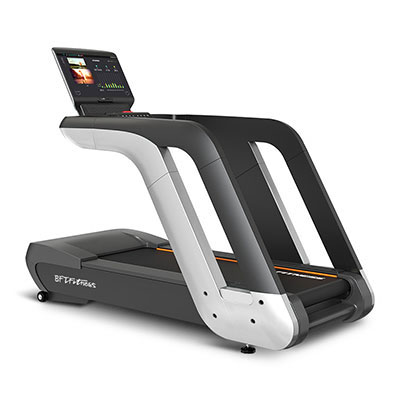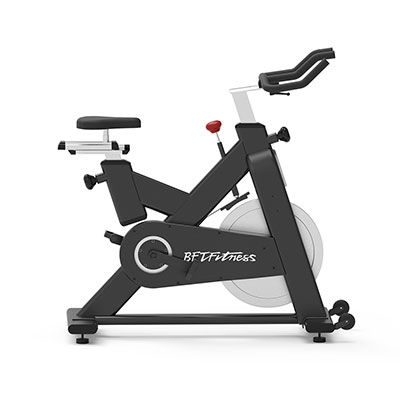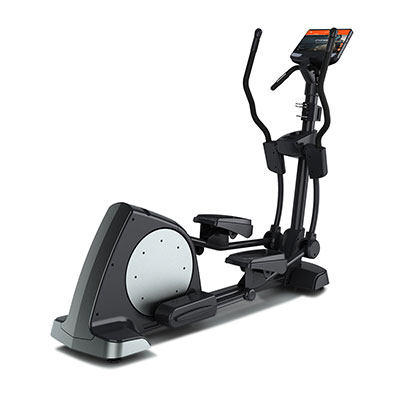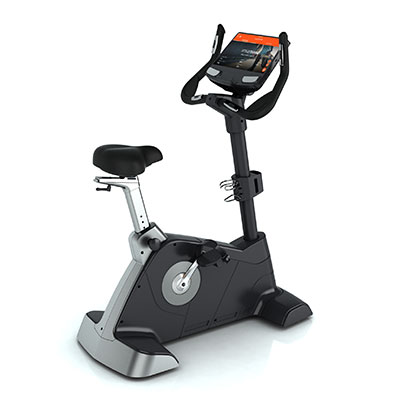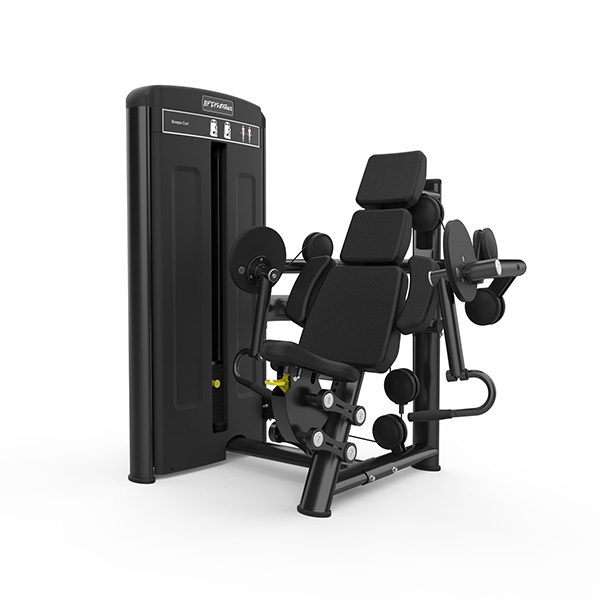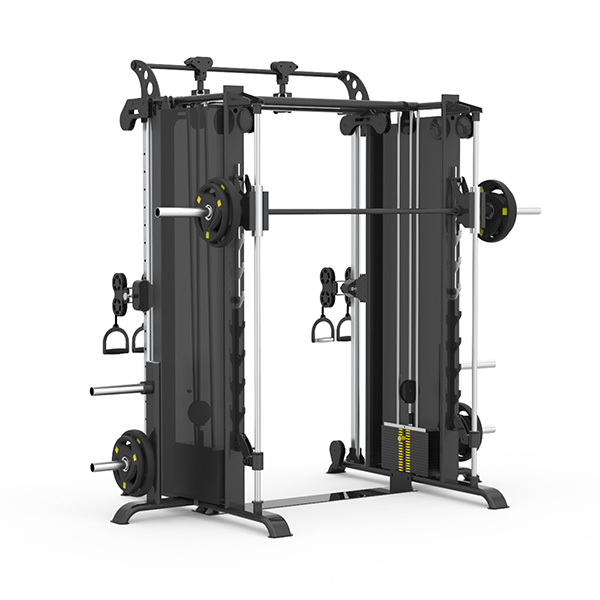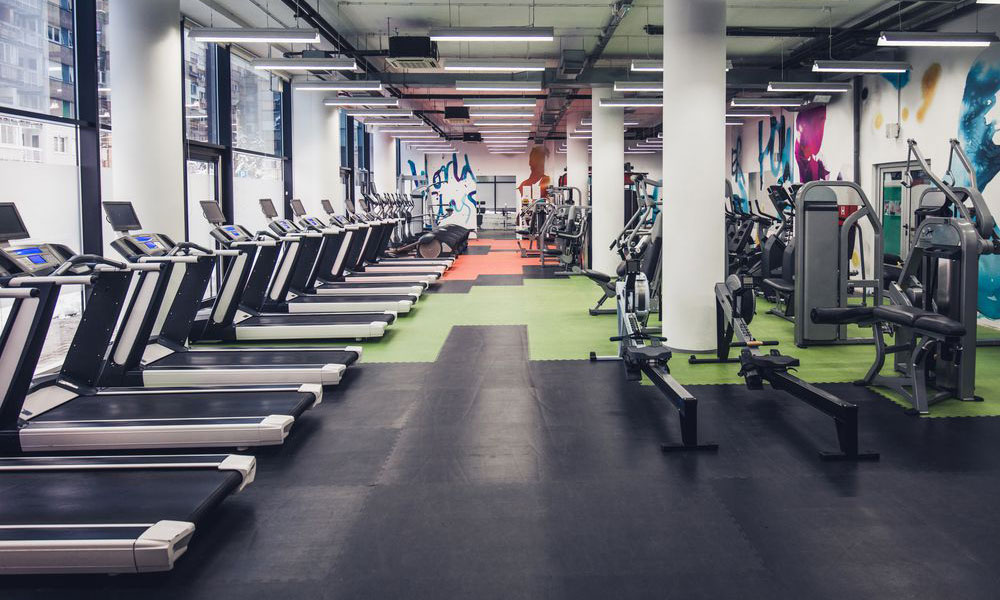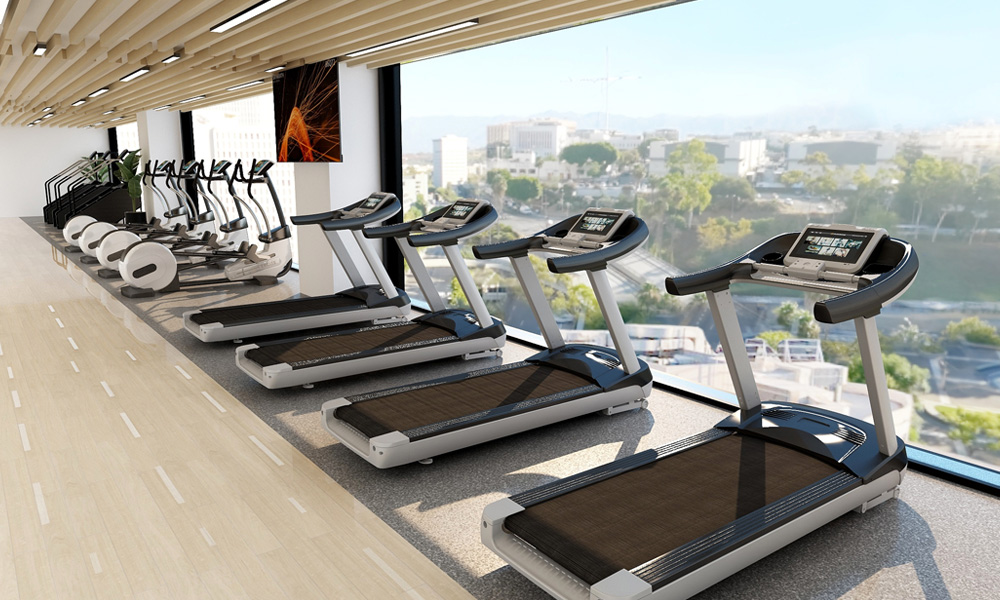How Smart Fitness Equipment Shapes the Future of Training
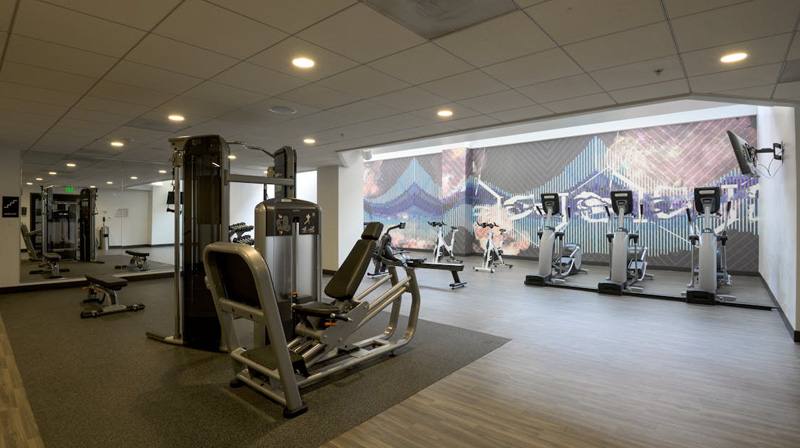
The fitness industry is undergoing a major transformation, driven by innovation and data. At the heart of this evolution is smart fitness equipment—machines that connect, track, and adapt to each user’s goals in real time. From hotel gyms to premium health clubs, smart technology is redefining how people train, measure progress, and stay motivated.
Let’s explore how intelligent gym equipment is shaping the future of training and why investing in it can future-proof your facility.
1. Personalized Workouts Through Smart Data
Smart fitness equipment collects performance data such as heart rate, calories burned, power output, and duration. More importantly, it uses that data to personalize the workout.
Examples of personalization:
- Treadmills that automatically adjust speed and incline based on heart rate
- Smart bikes that sync with user profiles to set resistance levels
- Strength machines that record weight, sets, and reps for progress tracking
Tip: Personalized workouts enhance motivation and reduce dropouts—members feel every session is designed for them.
2. Seamless Integration with Wearables
Modern exercisers often use wearables like Apple Watch, Garmin, or Fitbit. Smart gym equipment integrates directly with these devices, offering a connected ecosystem that bridges indoor and outdoor training.
Integration benefits:
- Automatic progress sync across all platforms
- Real-time heart rate monitoring
- Cloud-based performance logs
- Unified fitness analytics for long-term improvement
For hotels and health clubs, offering this connectivity instantly enhances your facility’s perceived value.
3. Virtual Coaching and Immersive Experiences
Members increasingly expect interactivity and entertainment from their workouts. Smart fitness equipment now offers immersive digital experiences that go beyond traditional routines.
Examples:
- Guided video coaching sessions displayed on screens
- Virtual trails that simulate outdoor environments
- AI-based coaching that adjusts difficulty in real time
- On-demand group workouts streamed via console
Tip: Virtual coaching reduces the need for constant staff supervision while keeping users engaged and challenged.
4. Remote Monitoring and Predictive Maintenance
For gym owners and operators, smart equipment also simplifies operations. Many connected machines now feature predictive maintenance systems that monitor wear and tear automatically.
Operational advantages:
- Alerts for upcoming service needs
- Remote software updates
- Usage analytics to identify underused equipment
- Reduced downtime and repair costs
This ensures that both members and managers enjoy smoother, more reliable operations.
5. Enhancing Member Retention Through Engagement
Retention is the ultimate metric for every gym. Smart fitness equipment boosts it through consistent engagement and measurable progress.
Member benefits:
- Clear, visualized performance tracking
- Gamified challenges and rewards
- App-based progress sharing and community engagement
Members who see their progress digitally are far more likely to stay motivated—and renew their memberships.
Smart fitness equipment is not a trend—it’s the future of training. By combining connectivity, personalization, and data-driven insights, gyms and hotels can deliver a modern, motivating experience that meets the expectations of digital-age members. Investing in smart technology today means staying relevant and competitive tomorrow.
FAQ
Q1: What makes gym equipment “smart”?
A: Smart equipment uses sensors, connectivity, and software to track performance, offer personalized workouts, and sync data with apps or wearables.
Q2: How does smart equipment benefit gym owners?
A: It reduces maintenance costs, improves member engagement, and provides data insights for better operational decisions.
Q3: Is smart fitness equipment suitable for small gyms or hotels?
A: Yes. Compact smart machines and interactive consoles are ideal for smaller spaces, offering a premium experience without large-scale investment.

